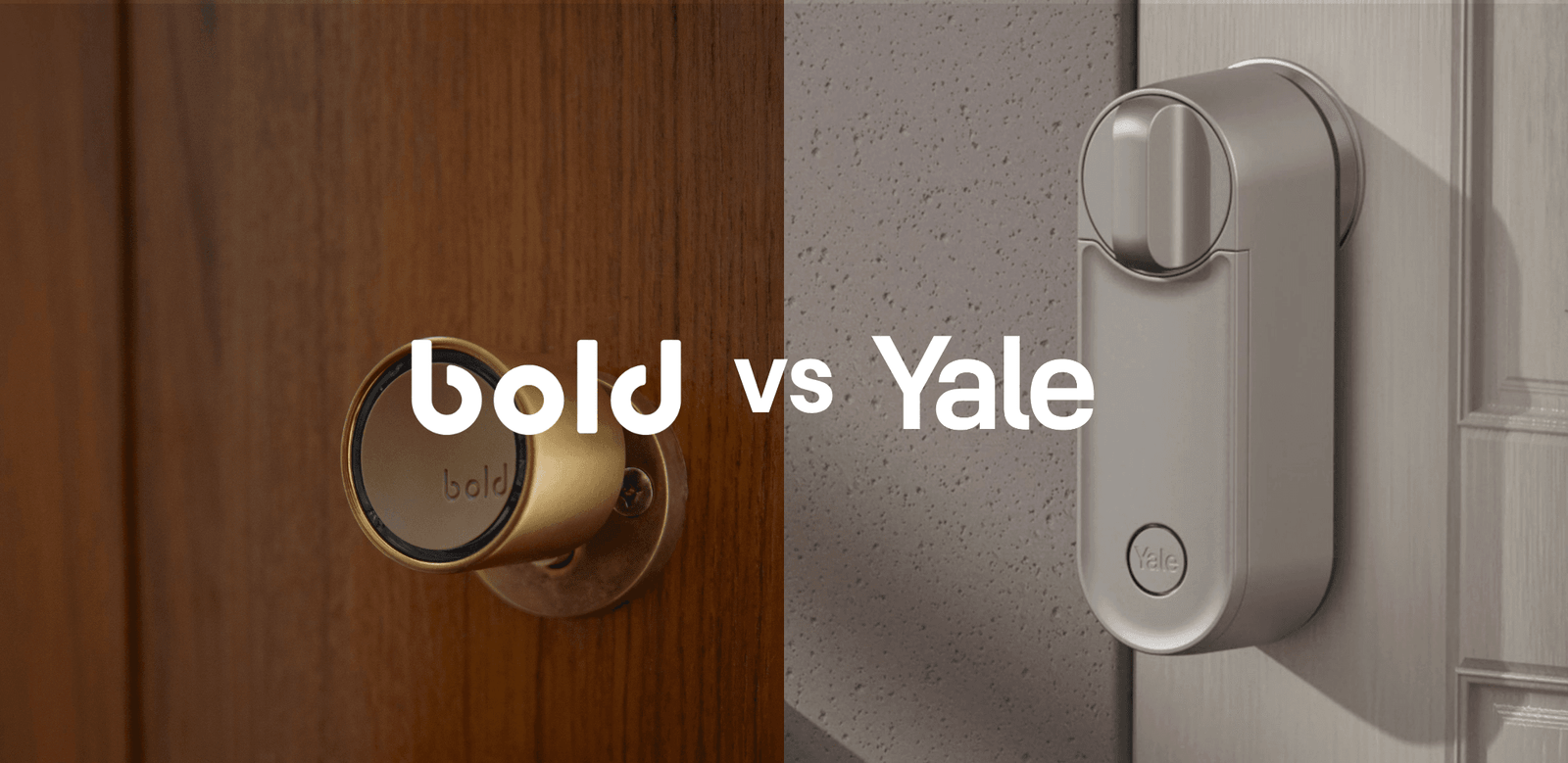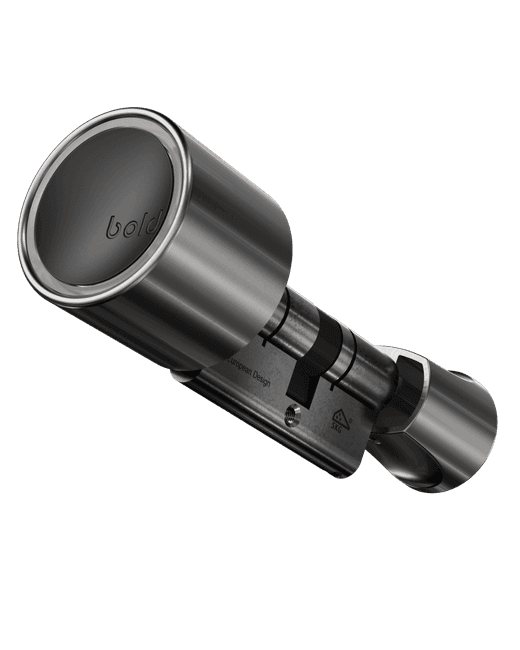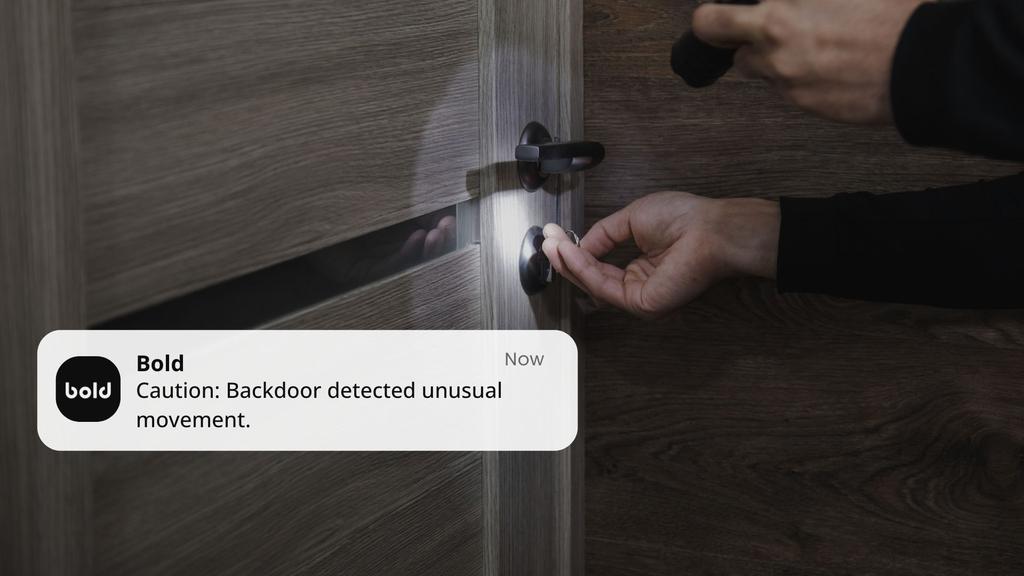
Smart locks are redefining how we secure and access our homes and businesses. They replace traditional keys, simplify access management, and give homeowners and businesses instant insight into who enters and leaves. But there are big differences between smart locks. Some prioritise seamless automation and integration, others prioritise strong physical security and minimal maintenance.
Comparison table
The Bold Elite and the Yale Linus Smart Lock L2 both deliver high-end smart lock experiences, yet they follow very different philosophies. Let's start with a side-by-side summary.
Bold Elite vs Yale Linus
With the comparison table clear, the next step is to look at how the locks operate in real life, how that shapes everyday use and where each model stands out.
Unlock Mechanism: Manual Versus Motorised Experience
One of the key differences between the Bold Elite and the Yale Linus L2 is how each lock operates.
The Yale Linus L2 uses a motorised mechanism that automatically turns the cylinder to lock or unlock the door. This allows hands-free access through features such as Auto Unlock and geofencing. Because the motor physically rotates the lock, users can manage access remotely through the Yale Home app. However, when the door is unlocked remotely or accidentally activated, the mechanism can cause the latch to release slightly, leaving the door partially open. In this case, it can only be closed again when someone is physically at the door.
The Bold Elite, on the other hand, works with manual unlocking. After access is confirmed via the app, the Bold Clicker, Backup PIN or Auto Entry, the user turns the knob to complete the locking or unlocking action. This hands-on approach means the door can only be opened when someone is present, ensuring clear awareness of every operation. The absence of a motor results in quiet performance, lower power consumption, and minimal mechanical wear over time. Because each action requires a physical turn, the lock’s internal components remain simple and durable, offering long-term reliability.
Both systems offer secure and convenient access, but they differ in how they balance automation, interaction, and control at your door.
Battery life and maintenance
Battery endurance is another major distinguishing factor between the Bold Elite and the Yale Linus L2, as both locks approach power management in different ways.
The Yale Linus L2 operates with a rechargeable lithium-ion battery pack that typically lasts up to six months, depending on usage intensity, signal strength, and connected features such as Wi-Fi and geofencing. It recharges via USB-C and sends notifications through the Yale Home app when the charge level becomes low. Because the lock maintains a constant connection to Wi-Fi for remote control and smart home integrations, its power consumption is naturally higher than Bluetooth-based systems. For most users, this means setting a routine to recharge a few times per year, ensuring the lock remains active and online.
The Bold Elite uses a single CR123A battery, a non-rechargeable but highly efficient power source designed for long-term stability. Depending on how frequently the lock is used and which mode is selected, the battery can last anywhere from three to eight years before replacement. The Bold app provides multiple low-battery warnings well in advance, allowing plenty of time to change the battery. Because the lock communicates primarily via Bluetooth and doesn’t power a motor, energy use stays extremely low. Maintenance is limited to replacing the battery when needed, no recharging cycles or cables involved.
In essence, both locks are energy efficient in their own way. The Yale Linus L2 focuses on continuous connectivity and real time remote access, with a battery that typically lasts around six months before needing a recharge. The Bold Elite prioritises extended lifespan and minimal upkeep, offering a minimum battery life of three years thanks to its low energy manual design.
Installation and physical security: Retrofit versus full cylinder replacement
A key difference between the Yale Linus L2 and the Bold Elite is how each lock is installed on your door, and how that affects physical security.
The Yale Linus L2 uses a retrofit design, meaning it mounts on the inside of your door over the existing cylinder. Installation is quick and non-invasive, taking only a few minutes without drilling, which makes it ideal for renters or anyone who wants to keep their current lock. However, because the original cylinder and keyhole remain, the overall security still depends on the quality of that cylinder. If it isn’t core-pull-resistant, the door is vulnerable to core pulling, a common method where the cylinder is forced out, as well as other break-in techniques like drilling or lock bumping.
The Bold Elite replaces your existing cylinder entirely with a new, SKG***-certified high-security model, removing the external keyhole altogether. Its fixed, keyless outside knob makes techniques like core pulling impossible. Installation is still straightforward and takes only a few minutes, but it results in a fully upgraded lock system that combines digital access with built-in burglary resistance.
In essence, the Yale Linus L2 upgrades your existing lock with smart features, while the Bold Elite replaces the hardware itself for both smart and physical protection.
Conclusion: Which lock is right for you?
Choosing between the Bold Elite and the Yale Linus L2 ultimately comes down to what you value most.
If you’re looking for automation and smart home integration, the Yale Linus L2 offers a connected, hands-free experience. Its motorised mechanism and built-in Wi-Fi allow the lock to open automatically as you approach or to be controlled remotely via the app — ideal for homes already equipped with Apple Home, Google Home, or Alexa. Installation is quick and non-invasive, making it a great choice for renters or anyone who prefers to keep their existing cylinder. However, because it relies on the existing cylinder, you may need to upgrade to a core-pull-resistant model to reach maximum burglary resistance. Core pulling remains one of the most common break-in methods.
The Bold Elite, on the other hand, is built around security, simplicity, and long-term reliability. It replaces the entire cylinder with a new SKG***-certified high-security model, completely removing the keyhole and the vulnerabilities associated with it. Its manual design ensures the door only opens when someone is physically present, offering clear control and awareness of every action. With its long-lasting battery, quiet operation, and minimal maintenance, the Bold Elite is designed to deliver everyday convenience without compromise on protection.
In the end, both locks make your front door smarter, but they do so in different ways. The Yale Linus L2 focuses on automation and connected living, while the Bold Elite integrates smart access with control and security. And if you need a solution that also works for businesses or shared spaces, Bold goes one step further by offering the Bold Web Portal, which lets you manage many locks and users at once and keep full oversight across teams or multiple locations.






